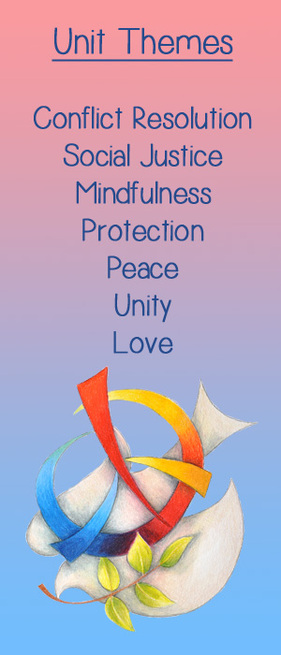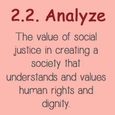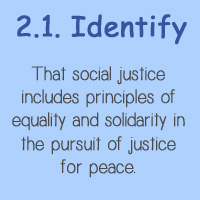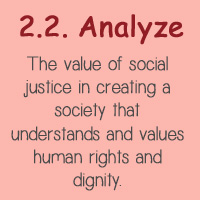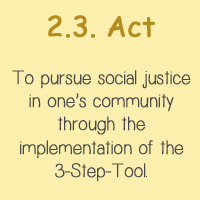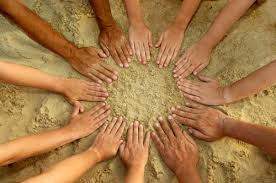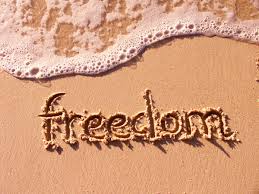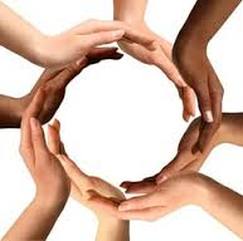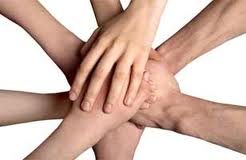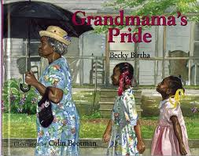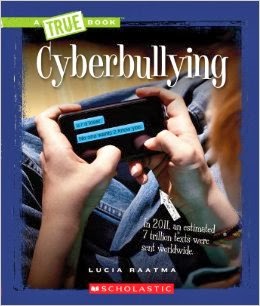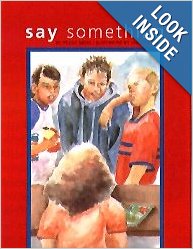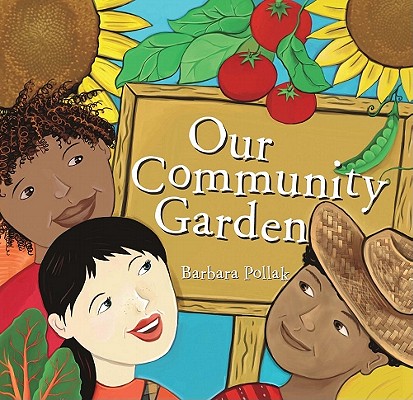Classroom Learning Activities
|
1. Reviewing Terms
Social Justice
= Freedom
+ Equality
+ Solidarity
|
Social justice implies fairness and mutual obligation in society, meaning that we are responsible for one another, and that we should ensure that all have equal chances to succeed in life. Freedom is the power or right to act, speak, or think as one wants without hindrance or restraint. Equality is the state of being equal, especially in status, rights, and opportunities. Solidarity is unity, or agreement of feeling or action, especially among individuals with a common interest; mutual support within a group. |
6 Elements of Social Justice
|
2. Social Justice in Literature
Please note:
Below is an annotated list of children's literature for the elementary classroom. The books are organized by the Six Elements of Social Justice Curriculum Design (Picower, 2012). It is based on work by pre-service teachers at Montclair State University. Teacher candidates have read and reviewed these books and provided insights into how they can be used in K-5 settings. If you have any questions or comments, please email bree@nycore.org.
Grandmama's Pride by Becky BirthaGrandmama's Pride is a fictional story that takes place in the south during the 1950s. Sarah and her little sister lived in the north with their family. One summer the girls and their mother travel to grandmama's home in the south. It didn't seem odd that they had to sit in the back of the bus. Sarah and her sister did not question why they could not eat at the lunch counter. They did not think much about the local bus station that only offered seats to whites. Mom always found a polite way of explaining away these restrictions.The girls begin to notice some peculiar habits about their grandmother. She walked everywhere instead of taking the bus.She also refused to drink at the public water fountain. Once Sarah learned how to read, she realized the many signs of segregation posted throughout town. This form of discrimination clearly marked services available for whites and colored.Sarah and her family eventually return home, continuing to read about the civil rights protest taking place in Montgomery Alabama.
The following summer, the ride down south was surprisingly different. The girls did not encounter restrictions of public services for blacks. Once they arrived,Grandma excitedly explained that black citizens proudly held their ground to get segregation laws changed. Sarah realized Grandma was demonstrating pride all along by boycotting the double standard of services. The steadfast efforts for social change had made a difference. |
|
Element #4- Social Movement and Change
This book describes segregation faced by African-Americans in the south as view through the eyes of a child. Once Sarah can read she understands the blatant signs signal a difference in treatment of whites and colored. She was not aware that refusing to uses public services was a form of boycotting. She is also not aware of her grandmother's silent involvement in the civil rights movement. Newspapers and TV communicated the struggle for civil rights to American's not residing in the south. The whole country watched boycotts, bus rides, protesting, and the March on Washington. It was a time of tremendous change and milestones for blacks. Sarah was both surprised and proud to discover that her grandmother was involved in the fight for equality. Grandmama's pride in boycotting became Sarah's pride. When Sarah returned to the south, she was proud to see that changes in segregation laws had occured. This was accomplished by her grandmother and others working in a unified civil rights effort. |
Follow-up Activity
|
Cyberbullying by Lucia RaatmaThe book Cyberbullying is a resource children can use to learn about and overcome online bullying. It has four chapters. The first chapter describes cyber bullying, explains where on the internet it can happen, how it happens, and what it looks like. The second chapter explains the seriousness of cyber bullying and the negative effects it has on a persons well being. The third chapter explains what to do when being bullied online, who to go to for help, and explains ways you can support your friends who are being cyber bullied. The fourth and final chapter explains multiple ways you can prevent cyber bullying from happening. In addition, the book has real life stories of cyber bullying, statistics on cyber bullying, and gives other resources on bullying.
|
|
Element #6 - Taking Social Action:
Cyberbullying represents element 6 because it guides children to take action against an issue that is affecting them. Bullying is a major issue for children as it can happen anywhere: in school, on the playground, online, at home, etc. Bullying can also negatively impact a child's self esteem and confidence and cause them to feel depressed. In extreme cases, people who are bullied commit suicide. I feel the awareness of bullying is improving and think that books like these should be used as resources in elementary classrooms. They definitely are informative and provide children with ways to stop and prevent bullying. |
Activity:
|
Say Something by Peggy MossAt this school, some children push and tease and bully. Sometimes they hurt other kids by just ignoring them. The girl in this story sees it happening, but she would never do these mean things herself. Then one day something happens that shows her that being a silent bystander isn't enough. Will she take some steps on her own to help another kid?
Bright, fluid, realistic watercolors illustrate the story, set in a school with lots of diversity. Resources at the end of the book will help parents and children talk about teasing and bullying and find ways to stop it at school. One child at a time can help change a school. |
|
Element 6 - Taking Social Action:
This book ties into Element six because it presents a scenario for students to see opportunities to make a change. It targets the students in the classroom as well as outside which makes it a universal learning topic. The narrator took initiative to sit with a girl who was alone to avoid what had happened to her the day before. Saying something or taking action is what this element is all about. Instead of being a bystander, the story can drive children to get involved and help a situation or quickly get authority involved. This book helps aware students of situations that could happen to them and also showing an alternative for how one can handle the problem. It sends children a powerful message and how to deal with an issue regarding bullying. |
Activity:
|
Our Community Garden by Barbara PollakIf you could plant a garden that would represent your personality and heritage, what would it include? Maybe cherry tomatoes, green peppers and delicious blueberries? Audrey Aubergine and her neighbourhood friends do just that in a community garden as they play hide-and-seek amidst giant sunflowers, count ladybugs and make compost mazes. Readers will enjoy following the garden's progress and will be inspired to start one of their own. Author and illustrator Barbara Pollak's colourful illustrations highlight the children's daily adventures in the garden. At the end of the story, the children and their families gather for a potluck to celebrate their garden and enjoy the fruits of their labour.
|
|
Element #5-Raising Awareness
Our Community is a great story that describes a group of young friends who are passionate about nuturing a community garden. Elementary school students learn that growing and nuturing a community garden also helps to nuture and develop friendships in the neighborhood. The planting and harvesting of diverse foods provides an opportunity to learn about foods enjoyed by families of different backgrounds. Children and neighborhood residents learn how to come together for a common good through teamwork that benefits diverse cultures. Readers also discover how a garden can be used to improve the neighborhood environment by adding green space that can also be used as a food resource. All of these aspects increase understanding of respect, and promote the benefit of community sharing. |
Follow-Up Activity:
|
Relevant Convention Articles
Article 3
1. In all actions concerning children, whether undertaken by public or private social welfare institutions, courts of law, administrative authorities or legislative bodies, the best interests of the child shall be a primary consideration.
2. States Parties undertake to ensure the child such protection and care as is necessary for his or her well-being, taking into account the rights and duties of his or her parents, legal guardians, or other individuals legally responsible for him or her, and, to this end, shall take all appropriate legislative and administrative measures.
3. States Parties shall ensure that the institutions, services and facilities responsible for the care or protection of children shall conform with the standards established by competent authorities, particularly in the areas of safety, health, in the number and suitability of their staff, as well as competent supervision.
Article 6
1. States Parties recognize that every child has the inherent right to life.
2. States Parties shall ensure to the maximum extent possible the survival and development of the child.
Article 38
1. States Parties undertake to respect and to ensure respect for rules of international humanitarian law applicable to them in armed conflicts which are relevant to the child.
2. States Parties shall take all feasible measures to ensure that persons who have not attained the age of fifteen years do not take a direct part in hostilities.
3. States Parties shall refrain from recruiting any person who has not attained the age of fifteen years into their armed forces. In recruiting among those persons who have attained the age of fifteen years but who have not attained the age of eighteen years, States Parties shall endeavour to give priority to those who are oldest.
4. In accordance with their obligations under international humanitarian law to protect the civilian population in armed conflicts, States Parties shall take all feasible measures to ensure protection and care of children who are affected by an armed conflict.
1. In all actions concerning children, whether undertaken by public or private social welfare institutions, courts of law, administrative authorities or legislative bodies, the best interests of the child shall be a primary consideration.
2. States Parties undertake to ensure the child such protection and care as is necessary for his or her well-being, taking into account the rights and duties of his or her parents, legal guardians, or other individuals legally responsible for him or her, and, to this end, shall take all appropriate legislative and administrative measures.
3. States Parties shall ensure that the institutions, services and facilities responsible for the care or protection of children shall conform with the standards established by competent authorities, particularly in the areas of safety, health, in the number and suitability of their staff, as well as competent supervision.
Article 6
1. States Parties recognize that every child has the inherent right to life.
2. States Parties shall ensure to the maximum extent possible the survival and development of the child.
Article 38
1. States Parties undertake to respect and to ensure respect for rules of international humanitarian law applicable to them in armed conflicts which are relevant to the child.
2. States Parties shall take all feasible measures to ensure that persons who have not attained the age of fifteen years do not take a direct part in hostilities.
3. States Parties shall refrain from recruiting any person who has not attained the age of fifteen years into their armed forces. In recruiting among those persons who have attained the age of fifteen years but who have not attained the age of eighteen years, States Parties shall endeavour to give priority to those who are oldest.
4. In accordance with their obligations under international humanitarian law to protect the civilian population in armed conflicts, States Parties shall take all feasible measures to ensure protection and care of children who are affected by an armed conflict.
Online Resources and References
- 6 Elements of Social Justice Education - Children's Literature annotated list for the elementary classroom.
- Art Educators - Teaching Ideas of Social Injustice Using Children's Literature by Sarah Ryder.
- British Columbia Ministry of Education - Teaching for Diversity and Social Justice Throughout the K-12 Curriculum: Making Space.
- Equitas - Educate. Empower. Change. - Advancing the equality, social justice, and respect for human dignity in Canada and around the world through education.
- Hooker, Karen E. & Fodor, Iris E. (2008). Teaching Mindfulness to Children. Gestalt Review, 12(1): 75-91. Retrieved from: http://www.mindfuleducation.org/mindfulnessforchildren.pdf
- It's Pronounced Metrosexual - A fantastic site on social injustice, sexuality, and gender issues.
- Oyler, Celia. (2011). Preparing teachers of young children to be social justice-oriented educators. Promoting Social Justice for Young Children. Retrieved from: http://www.academia.edu/1168846/Preparing_teachers_of_young_children_to_be_social_justice-oriented_educators
- Picower, Bree. (2012). Using Their Words: Six Elements of Social Justice Curriculum Design for the Elementary Classroom. International Journal of Multicultural Education. 14(1). Retrieved from: http://www.ijme-journal.org/index.php/ijme/article/view/484/677.
- Planting Seeds: Practicing Mindfulness with Children - the Plum Village Community Collective.
- Schmidt, Laurel. (2009). Stirring Up Justice. Teaching Social Responsibility. 66(8) 32-37. Retrieved from: http://www.ascd.org/publications/educational-leadership/may09/vol66/num08/Stirring-Up-Justice.aspx

